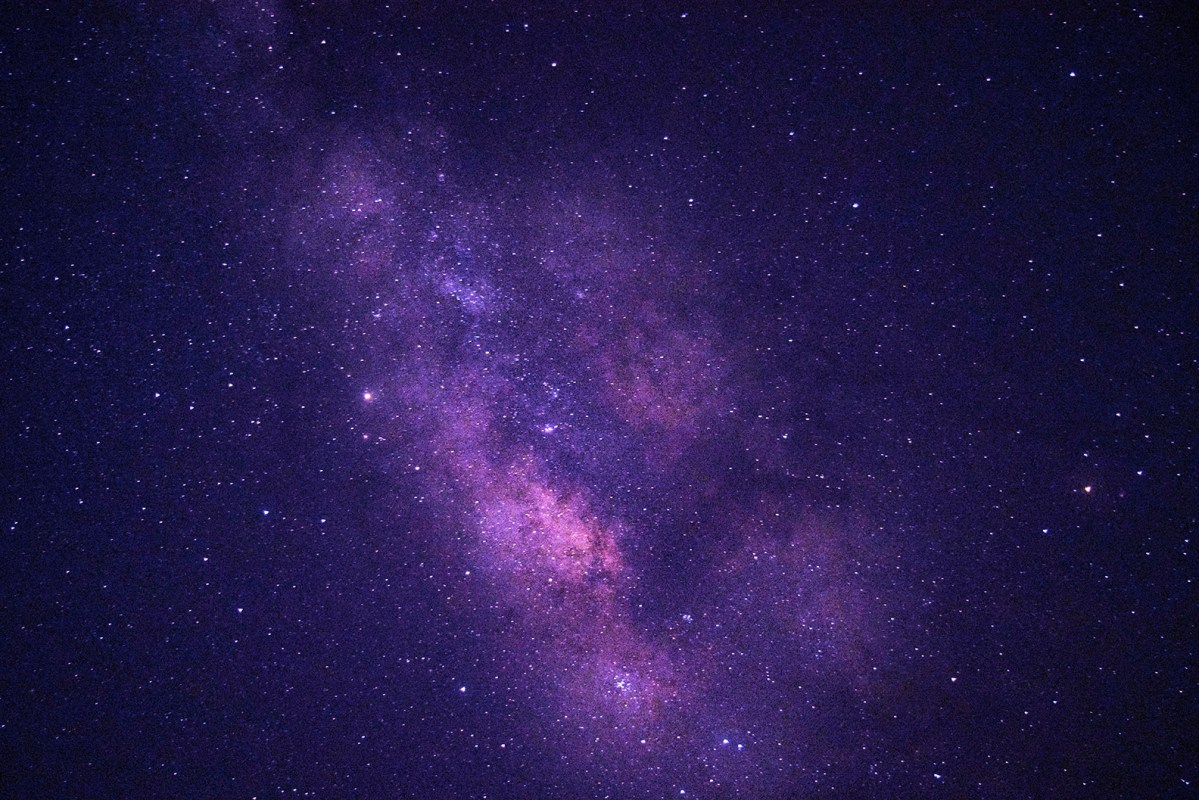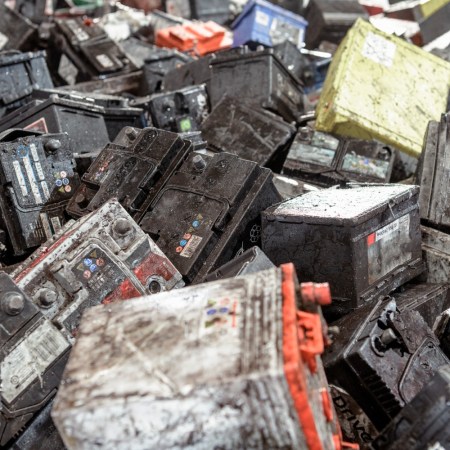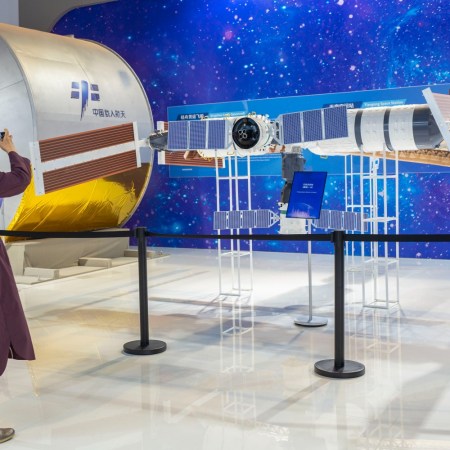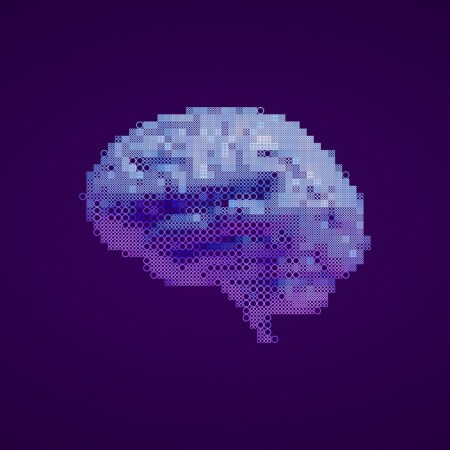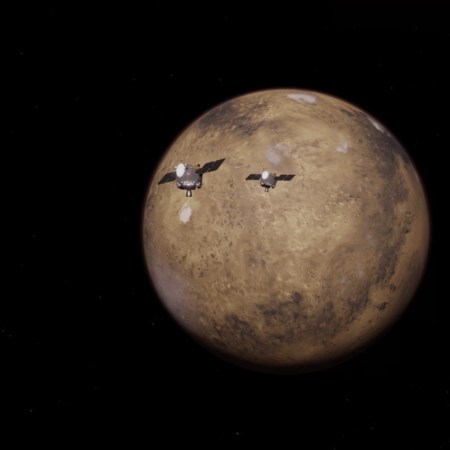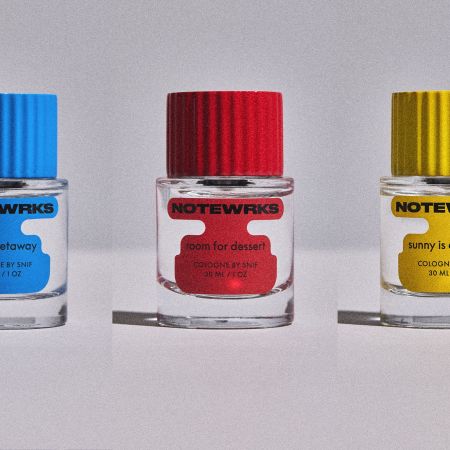Thanks to The Netherlands-based Low Frequency Array (LOFAR), 300,000 new galaxies have just been discovered.
LOFAR, a massive radio telescope network, was designed to pick up low radio frequencies, which are invisible to other telescopes. Using this method, it found traces of radiation that forms when galaxies are merging.
The research, published for the very first time in Astronomy & Astrophysics, was featured in a special edition of the journal dedicated to the 26 research papers created from the LOFAR’s inaugural space survey.
But this discovery may only be the tip of the proverbial space iceberg. Enough data was recorded by LOFAR to fill 10 million DVDs, Futurism reports.
Timothy Shimwell, a researcher with The Netherlands Institute for Radio Astronomy (ASTRON), used the LOFAR data to generate maps featuring the new galaxies.
“We have been working together with SURF in the Netherlands to efficiently transform the massive amounts of data into high-quality images,” Shimwell said in a press release. “These images are now public and will allow astronomers to study the evolution of galaxies in unprecedented detail.”
With the new data available, scientists are eager to study black holes: “If we take a radio telescope and we look up at the sky, we see mainly emission from the immediate environment of massive black holes,” Huub Röttgering, a researcher from Leiden University, said in the press release. “With LOFAR we hope to answer the fascinating question: where do those black holes come from?”
Thanks for reading InsideHook. Sign up for our daily newsletter and be in the know.
